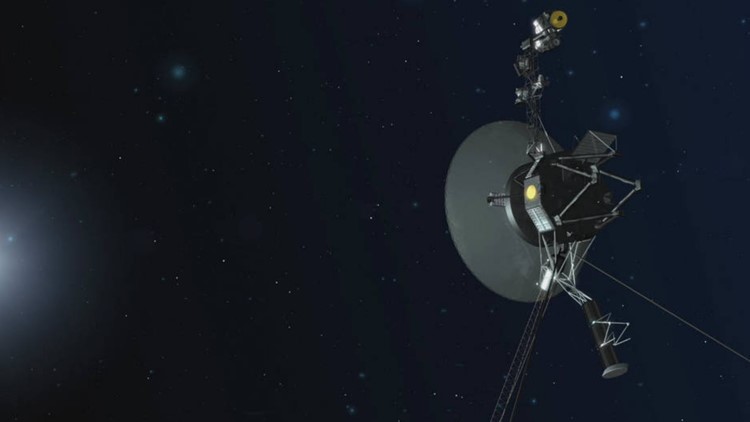DALLAS — NASA's Voyager 1, the most distant spacecraft from Earth, is sending science data again.
Voyager 1's four instruments are back in business after a computer problem in November, the Jet Propulsion Laboratory said this week. The team first received meaningful information again from Voyager 1 in April, and recently commanded it to start studying its environment again.
Launched in 1977, Voyager 1 is drifting through interstellar space, or the space between star systems. Before reaching this region, the spacecraft discovered a thin ring around Jupiter and several of Saturn’s moons. Its instruments are designed to collect information about plasma waves, magnetic fields and particles.
Voyager 1 is over 15 billion miles (24.14 billion kilometers) from Earth. Its twin Voyager 2 — also in interstellar space — is more than 12 billion miles (19.31 billion kilometers) away.
Originally, the spacecrafts were sent to study Jupiter and Saturn.
It takes 22 1/2 hours to send a signal to Voyager 1. The signal travel time is double that for a round trip.
In 2012, Voyager 1 marked a historic entry into interstellar space. Six years later, its twin spacecraft arrived at the same point.
The twin Voyager spacecrafts are the longest-running and most distant spacecrafts in history, according to NASA.



